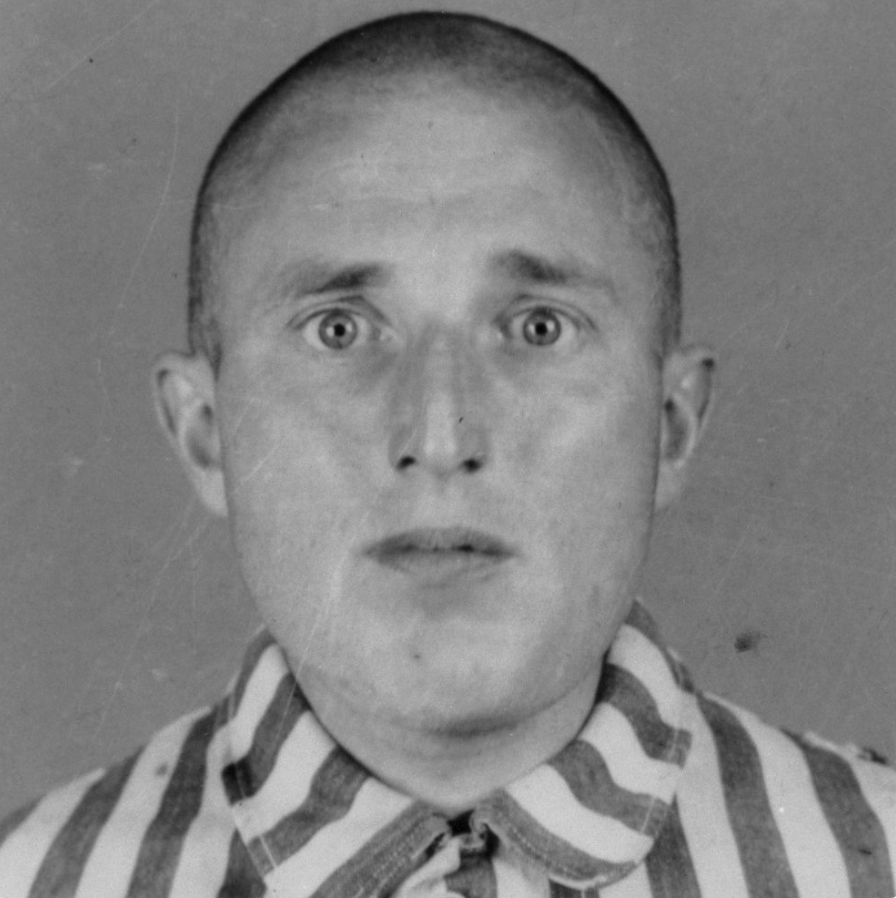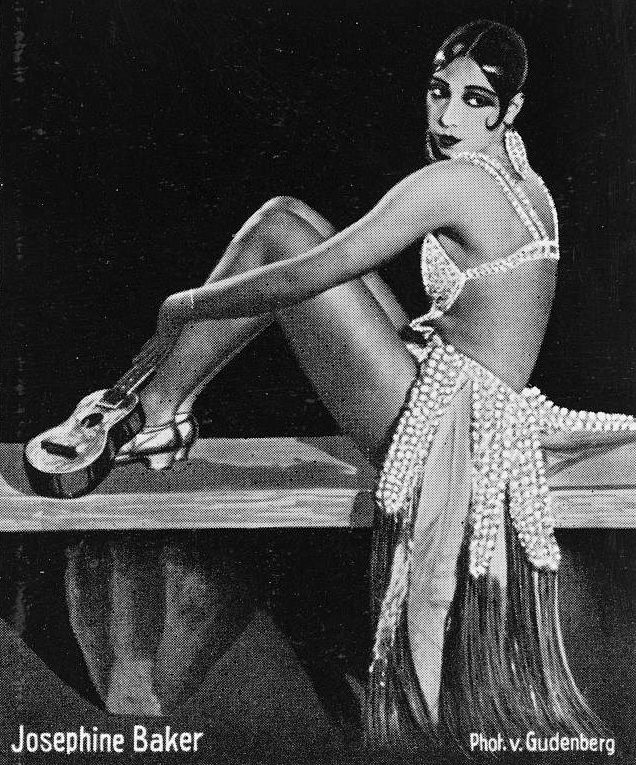1/10 During the Holocaust, European Jews cried out to the world for help, desperate to escape Nazi persecution. Without legal protection, their lives hung in the balance. Some were granted refuge in foreign countries. Most found nowhere to turn. #WorldRefugeeDay 

2/10 When thousands of Polish Jewish refugees arrived in Kobe, Japan, in 1940–41, the small Jewish community there coordinated a massive refugee relief effort. 

3/10 A group of Polish Jewish children, mainly orphans, found temporary refuge in the Soviet Union. About 1,000 of them were later evacuated to Tehran, Iran. 

4/10 Only 645 Jews were admitted to the Dominican Republic from 1938 to 1945. The government donated land in Sosúa for a Jewish agricultural settlement. 

5/10 Some Jews found refuge in British-ruled Kenya. While some German men were later arrested there as enemy aliens, they were eventually released. 

6/10 A few thousand Jewish refugees were admitted to Canada under the condition that they settle in rural areas or take up farming. 

7/10 From December 1938 until May 1940, Great Britain allowed about 10,000 unaccompanied minors under the age of 17 from Nazi Germany to enter the country. 

8/10 During the Holocaust, the Philippines became a safe haven for some 1,200 Jewish refugees, thanks to President Manuel Quezon's open-door policy. 

9/10 While the British limited Jewish immigration to Palestine, about 60,000 Jewish people under German rule arrived there between 1933–1939. 

10/10 On #WordRefugeeDay, we recognize those who fled violence to build new lives in new places. And #WeRemember those who could not find refuge and died during the Holocaust. encyclopedia.ushmm.org/content/en/art…
• • •
Missing some Tweet in this thread? You can try to
force a refresh

 Read on Twitter
Read on Twitter












